The microcosm of the Tretyakov Gallery: organisms suitable for creating medicines were found on the icons
[ad_1]
Who lives in the museum
– Alexander Alexandrovich, what caused the need for a microbiological examination in the museum?
– In all the world’s leading museums, the state of cultural heritage objects is strictly monitored by restorers in cooperation with scientists. There are many scientific articles on the microbiological status of major cultural repositories such as the Louvre, the Uffizi, or the British Museum.
In Russia, the state of institutions where historical and cultural monuments are stored and exhibited is also closely monitored by custodians, restorers and special services. For example, there are services that periodically make air intakes in the halls to determine the limiting microbiological background. If it is determined that it is exceeded, they invite narrower specialists, that is, us, so that we can more subtly study the activated microbial community, or microbiome.
– I heard about this in the human intestine …
Everywhere has its own microbiome. There is such a thing as a hospital infection. A patient with a broken leg goes to the hospital and picks up staphylococcus aureus there, which can cause respiratory and other diseases. Where did he come from? From the hospital microbiome. Despite the fact that medical institutions periodically carry out thorough disinfection, every few years it makes itself felt, “crawling out” of some tanks, narrow cracks in the walls.
Or, another example: the New York subway. Its microbiome can “wake up” when the Hudson floods and the subway rises in humidity. Something similar can happen in museums: the microbiota can lurk here on the surfaces of walls, paintings, frames.
How it all began
– How did your work at the Tretyakov Gallery begin?
– The idea to involve our team in the study of the microbiological community was born in 2018. For us, who are more involved in fundamental science, this was the first experience of such practical interaction with museum workers. We were given a problem area to study, which, according to the results of several monitoring, showed an excess of the microbiological background by several times. It was about hall No. 61 of ancient Russian painting, the main historical building of the Tretyakov Gallery (Moscow, Lavrushensky lane 10).
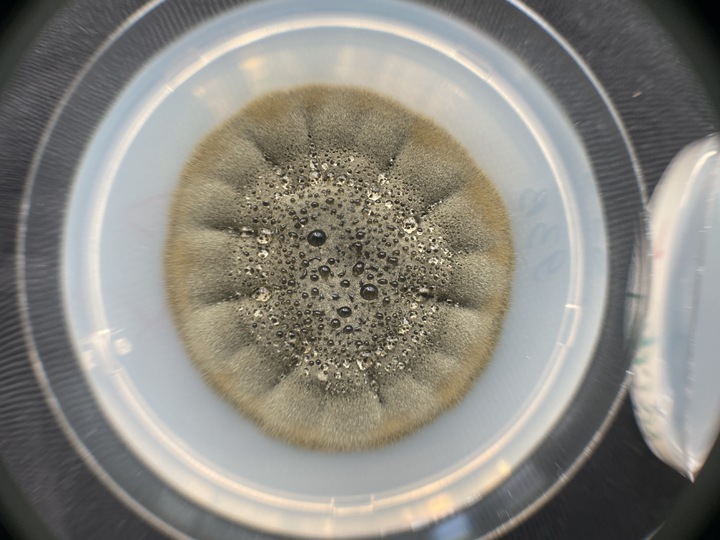
The most important objects of cultural heritage in it are the icon “Blessed be the army of the Heavenly King” (1550s), and a fragment of the sculpture “St. Great Martyr George the Victorious” (1464). There was also an icon of the Holy Great Martyr Demetrius of Thessalonica (XVI century).
Did you find bacteria and fungi on them?
– A visual inspection did not establish this – the icons and the stone bust, covered with tempera, were very well monitored by the restorers. But since the microbiological background in the hall was exceeded, we took microbiological samples from these exhibits for analysis.
– How it’s done?
– Dry cotton swab, which is then placed in a special test tube, Eppendorf, with a “resuscitation” liquid medium for microorganisms. After the icons were transferred to another room, it turned out that behind the demonstration boards in the cable channels, in the cracks in the ceiling, there were centers of microbial growth visible to the eye. All these areas were also sampled. We also took samples in the neighboring halls of ancient Russian painting.
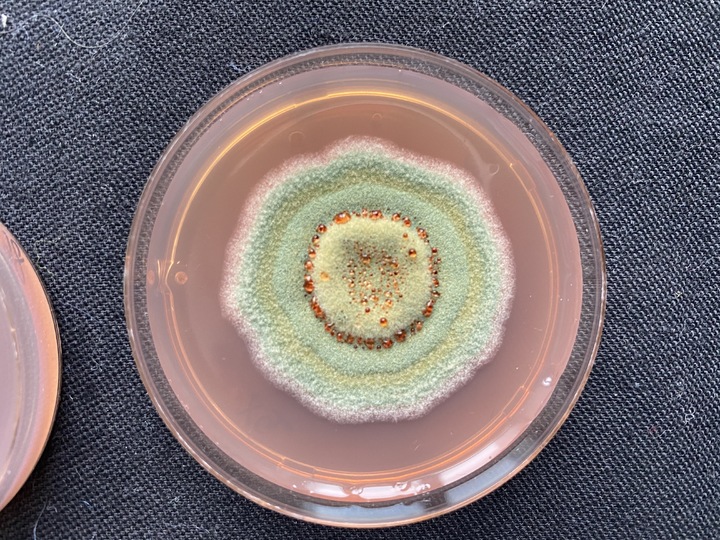
From the samples taken from the exhibits and the surfaces of the halls, the so-called ecological DNA was isolated, according to which the corresponding compositions of microbiomes were determined. In total, in the halls of ancient Russian painting of the Tretyakov Gallery, we identified approximately 700 different bacteria and about 300 different fungi.
– Where did they come from? In the hall, a special regime of temperature and humidity must have been observed.
– He, of course, complied! This balance is maintained in the museum around the clock: 19 ° C and 55% humidity, at which there is no development of microorganisms. The problem, as it turned out, was related to the very wall on which they found the growth of microorganisms. She goes to Lavrushinsky lane. If in winter it is -20 ° C outside, and + 19 ° C in the hall, then in some zone of the wall the temperature will be 0 ° C, which corresponds to the so-called “dew point”. Moisture appears in this zone, and microorganisms can develop.
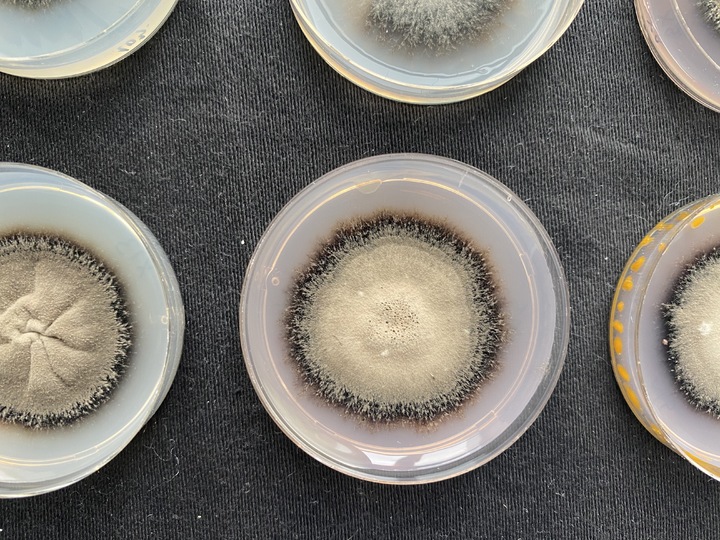
It turned out that this dew point was in the wall close to the exhibits. Ideally, to avoid this, you can move the dew point outside the building by adding exterior siding. However, the building of the Tretyakov Gallery itself is an object of cultural heritage, and therefore this is not allowed.
Special microbiome
– What were the next steps?
– The problematic wall and the entire 61st hall were processed, including in accordance with our recommendations. For several years he was without exhibits, on the so-called exposure. And only when they were finally convinced that no more mold would form there, they returned all the exhibits back. This happened last year.
However, it is impossible to calm down completely. Microorganism spores may be present on the icons and a fragment of the sculpture “Saint Great Martyr George the Victorious”. This was also confirmed by microbiological samples taken from the exhibits and halls of ancient Russian art. The same microorganisms that were in the open foci on the wall were present in trace amounts on the artworks themselves.
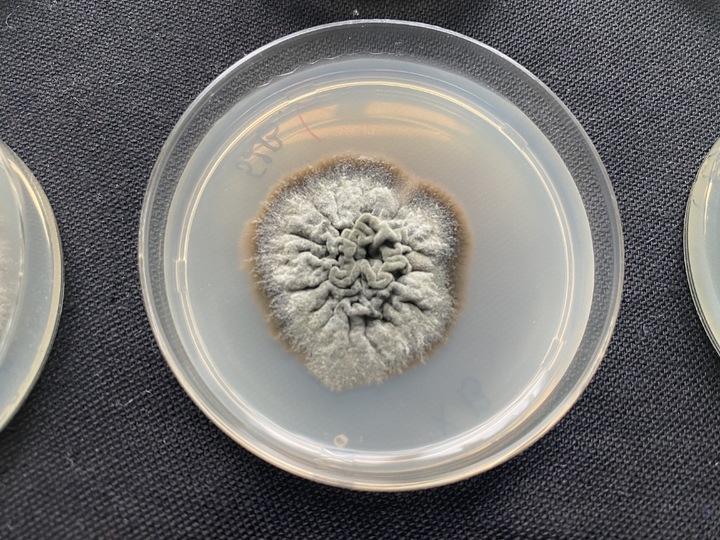
– So what was the peculiarity of the microbiome of the halls of ancient Russian painting?
– He’s special. It was formed over many decades, under the influence of two processes – conservation and restoration, aimed at preserving cultural heritage objects, including from microbiological damage. But this does not kill all harmful microorganisms, but produces their strict selection.
Subjected to the pressure of restoration and conservation, only the very strong survive within the walls of the museum. First of all, these are xerophilic microorganisms that are resistant to increased dryness. If the majority dies at a humidity of 85% and below, then xerophiles are adapted to exist at a humidity of up to 65-62%.
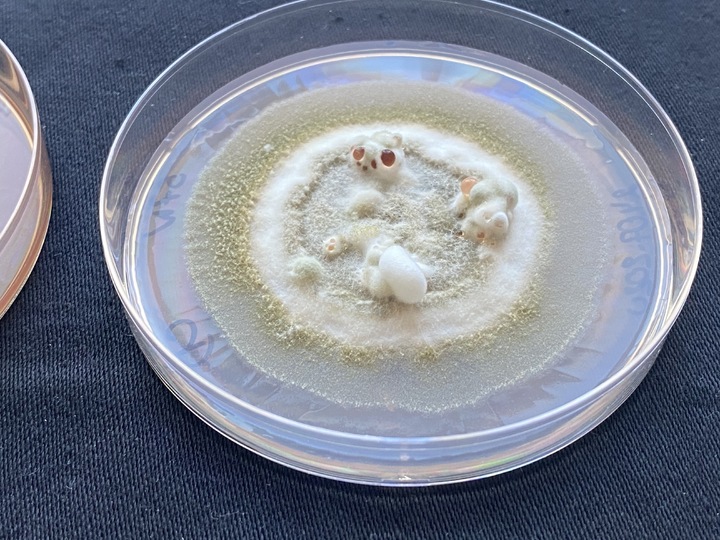
In museum storage conditions, humidity is 55%, however, the breath of just one visitor passing near the exhibit provides additional humidity, which becomes sufficient for the development of microorganisms.
– What to do next with these xerophiles?
– It is impossible to process an icon, which is a national treasure, with formalin or concentrated copper sulphate – we will harm, the paint will be damaged. The only thing left is to monitor her condition. For example, communities of microorganisms isolated from one icon are cultivated on standard nutrient media, and then we separate each species into clean lines and put them on models with the technological features of Old Russian painting (they were made as part of a joint work in the Department of Scientific Restoration of Old Russian Painting of the Tretyakov Gallery under the direction of Mikhail Valerievich Shitov).
– Are you checking which of them will grow?
– Yes, more precisely, which of them can cause destruction of the materials used in tempera painting.
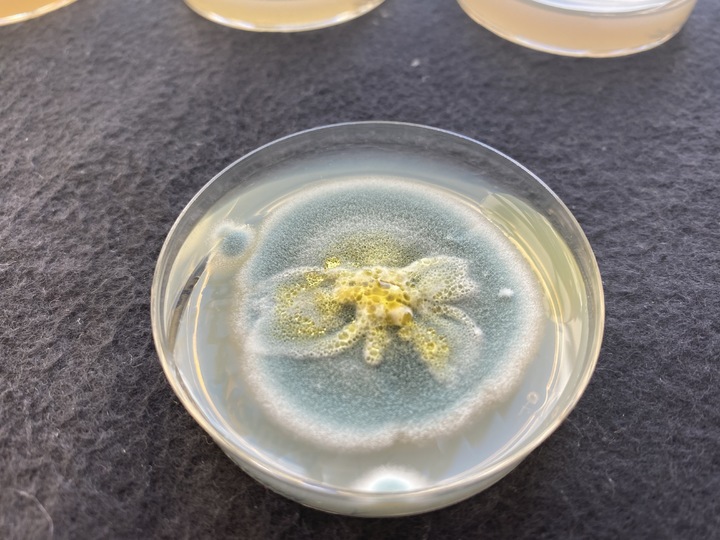
– And what is the result?
– As a result, in the microbiome of the halls of ancient Russian art, we have identified potentially dangerous microorganisms related to mold fungi. Aspergillus multi-colored and layered are highlighted from the surface of the icon “Blessed be the army of the Heavenly King” (1550s). Cladospore halotolerant – isolated from the surface of a fragment of the sculpture “Saint Great Martyr George the Victorious” (1464).
Aspergillus Kreber is isolated from the surface of the icon “The Holy Great Martyr Demetrius of Thessalonica” (XVI century). Cladospore parahalotolerans, Simplicilium lamellar and various aspergillus – isolated from the surfaces of hall No. 61. Paisium microascus – isolated from room No. 57. Aspergillus protruding – isolated from room No. 56. Penicillium chrysogenum – isolated from the surface of the icon “Prophet Solomon” (1731).
– And how to deal with them?
– It will be necessary to fight them only if the microbiome begins to develop. Then the objects of museum storage are treated with special antiseptics used in the restoration of paintings.
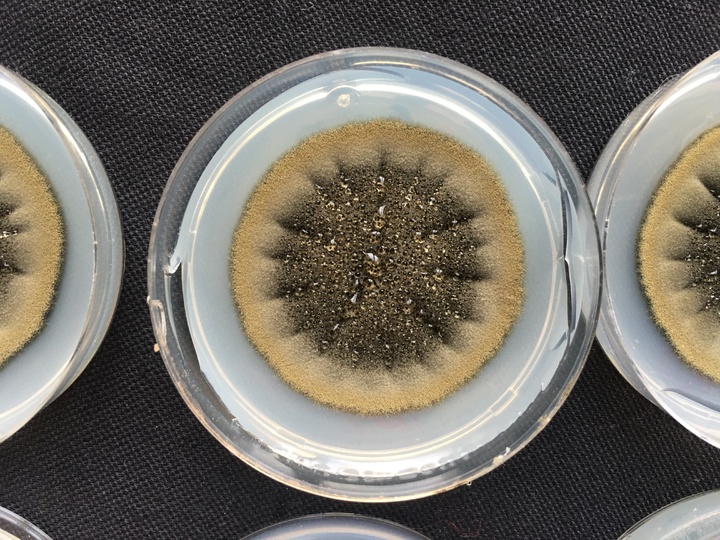
Recently, the number of active drugs has been declining – paintings, like people, develop resistance to them. In addition, one must be very careful with them, since some classes of “drugs” can damage the pigment.
Now we are testing the effect of new antiseptics, developed in joint work by leading Russian research teams of synthetic chemists, on our models with destructor fungi. Many of them have a wide spectrum of action, able to fight consortiums of fungi and bacteria.
Medicine with icons
– What microorganisms that you met in the Tretyakov Gallery can be used to make medicines?
– It turned out that all isolated mushrooms-destructors of pictorial materials are able to transform steroid substrates, which is necessary for the industrial production of final preparations. For example, when screening other promising groups, steroids effectively transformed no more than 20-50% of microorganisms, but not 100%.
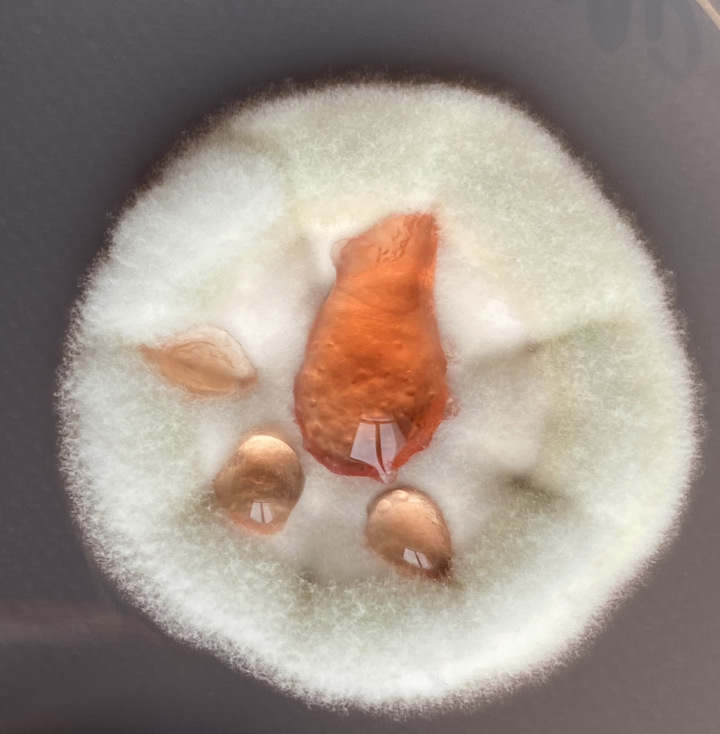
Help “MK”. Steroids are drugs that allow you to influence the human body, for example, change the hormonal status in case of abnormalities, relieve inflammation, pain (in the joints, muscles, pain caused by irritation or pinched nerve), as well as treat specific conditions, including including: asthma, hay fever, hives, eczema, bowel disease (eg Crohn’s disease), lupus, multiple sclerosis. About 300 types of steroid drugs are currently in use.
– Why did they become like this?
– It’s all about tempera – special multi-component paints used to paint ancient icons. At their core, egg yolk is the richest substance in terms of the amount of cholesterol, which makes it related to steroids.
Our research team came up with the idea to test tempera (rich in cholesterol) mushrooms for their ability to interact with steroid class pharmaceuticals. Our experiments were crowned with success – these microorganisms really turned out to be able to transform, modify the structure of preparations. On this basis, pharmacologists may be able to create many new types of more advanced steroids.
“Amazing – close by!” – says the catchphrase. Not only fundamental science, but also its applied part sometimes leads to the most unexpected and pleasant “side effects”. In search of a means to kill harmful organisms on art, researchers unexpectedly discovered a large group of useful modifiers for pharmacology.
[ad_2]
Source link








